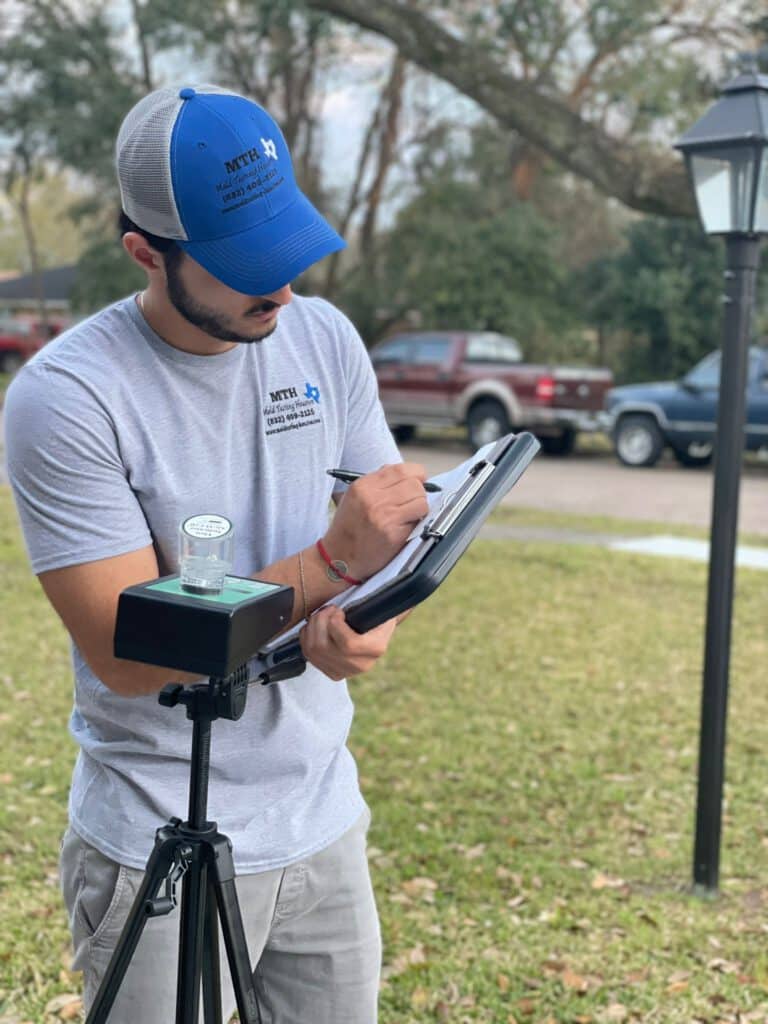
Mold Testing Houston
Mold: Understanding its Effects on Health and Wellness
Mold is a common term used to describe various types of fungi, which often appear as unwanted and unsightly patches of black, brown, yellow, pink,

Mold is a common term used to describe various types of fungi, which often appear as unwanted and unsightly patches of black, brown, yellow, pink,
Residential air quality testing is a crucial aspect of maintaining a healthy and safe home environment. With the increasing awareness of indoor air pollution, homeowners
